
Global food systems and large, multinational agribusiness are ground zero for business sustainability practices. Not only are investors and the general public demanding more transparency and accountability, but the very nature of the agricultural supply chain is under threat from years of profit-first thinking. A good example of the models for new sustainability practices are the way the world grows chocolate.
Chocolate comes from the cacao bean, which grows in tropical climates. It is a labor intensive crop, and one that requires many steps and a great deal of time to process correctly. ` for chocolate is growing faster than the population, as people in the East developed a taste for the confection. Many resource-poor tropical countries turned to large-scale production of the cacao to develop an export commodity in the 1970’s. They were, in many cases, supported by the large companies that imported and processed the cacao into chocolate.
But cacao is not a plant or a crop that is amenable to large-scale production. The trees grow for five years before they produce a crop, and in the wild they grow under the protection of nurse trees, which give them shade and protection from the wind. When they get tall enough to outgrow the nurse tree’s protection, they still benefit from the protection of a close interplanting of other tropical plants. They are very shallow rooted, and their tolerance for wind and water change is quite limited. The way they grow in the wild sustains their unique structure and growing needs.
But with the need for much hand harvesting and processing, growers started razing hardwood forests in the tropics and planting cacao in rows. Over time, these plantations were worked by forced labor, sustained by governments that depended on the export revenues. The plants themselves were producing less, dying faster, and the tropical forests they replaced were permanently disrupted. The entire process of commercial production of cacao was in danger of collapsing from the unsustainable agricultural practices.
In the last ten years, several new models have been developed to attempt to save the global cacao industry. Ceres, a large nonprofit that works with business leadership to develop sustainable solutions, has been working with Mars, Cargill, and other large players in the worldwide cacao industry to bring change to environmental and labor practices. They have published industry guidelines, such as white paper reports on practices related to tropical deforestation. They also report on large corporate commitments to eradicate forced labor and other illegal labor practices.
The local food industry, supported by fair trade efforts at transparent supply chains, have also encouraged small cooperative efforts. Supported through NGOs and organizations such as the UN’s Food and Agriculture Organization, member run agricultural cooperatives such as the Vanuatu Organic Cocoa Growers Association are developing infrastructure and support systems for small growers. These small co-ops are farmer owned and operated, so they control the way their product is grown, processed, and exported. They are moving back to the way cacao is grown in the wild, with sustainable practices such as using a secondary product tree such as macadamia or coffee as nurse trees. These small cooperatives are producing excellent quality cacao for the specialty chocolate market.
The Ceres model uses leadership and investment groups with the power of the global market to push for sustainable practices. Local cooperative movements are growing agriculture from the farmer up to the global market in sustainable ways. Both systems of advocating for change are needed. The local food movement, controlled by the farmer and agricultural worker, means the issues of forced labor and unsustainable practices comes to an end–in small ways, in small places, but repeated millions of times across the world. The large multinational efforts, which are increasingly involved with post-farmer processing and distribution, are also working on change within their areas of responsibility.





















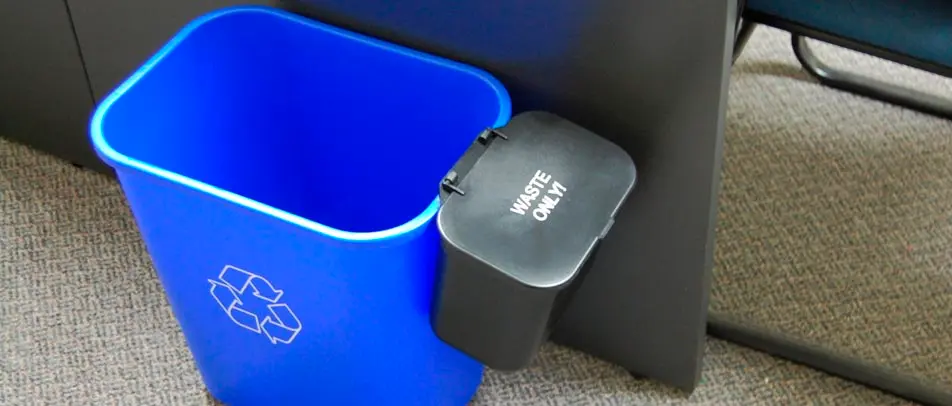















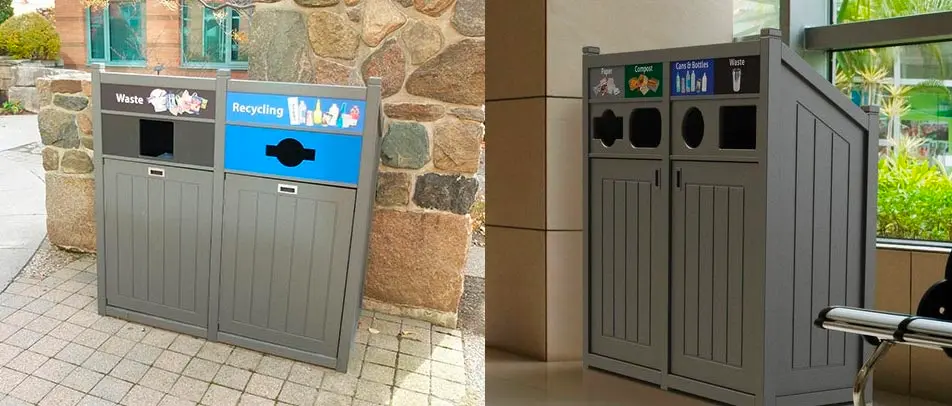



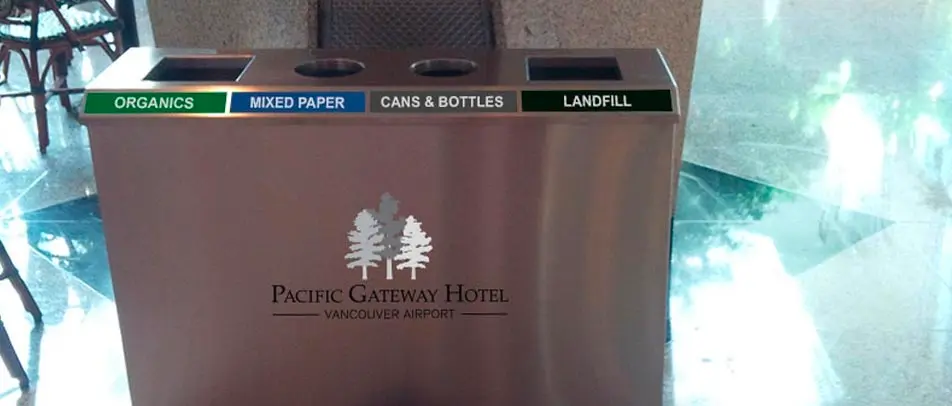



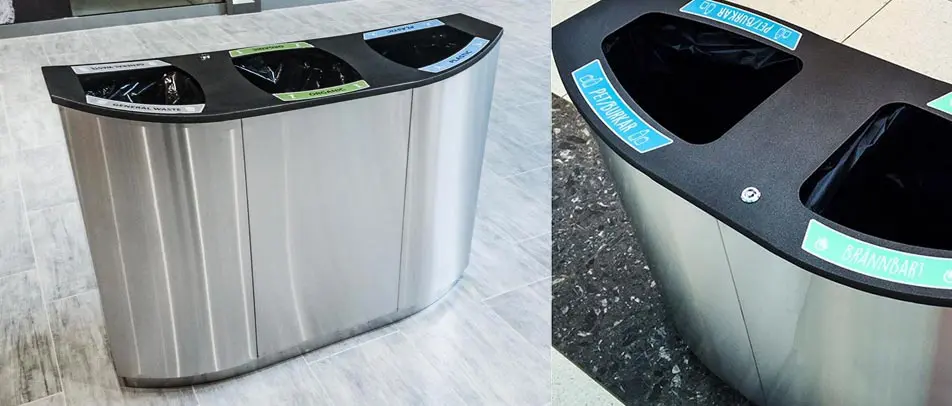





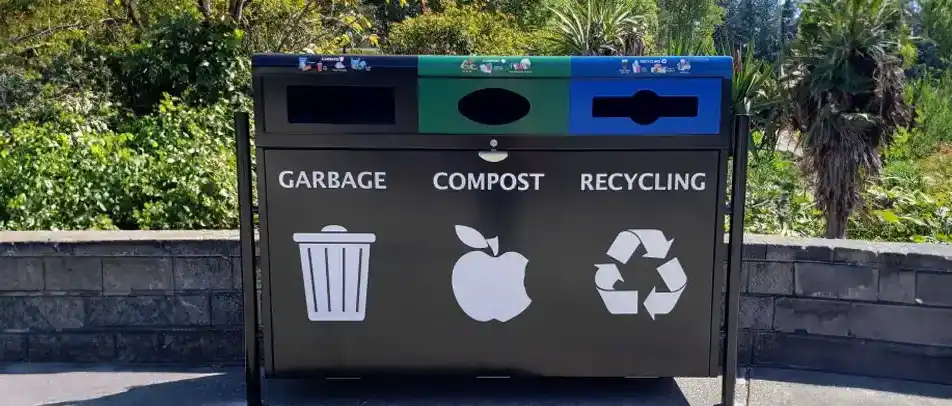
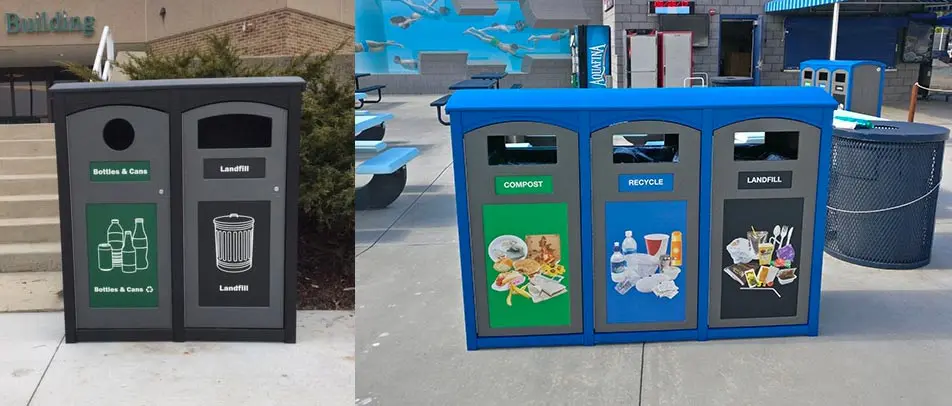
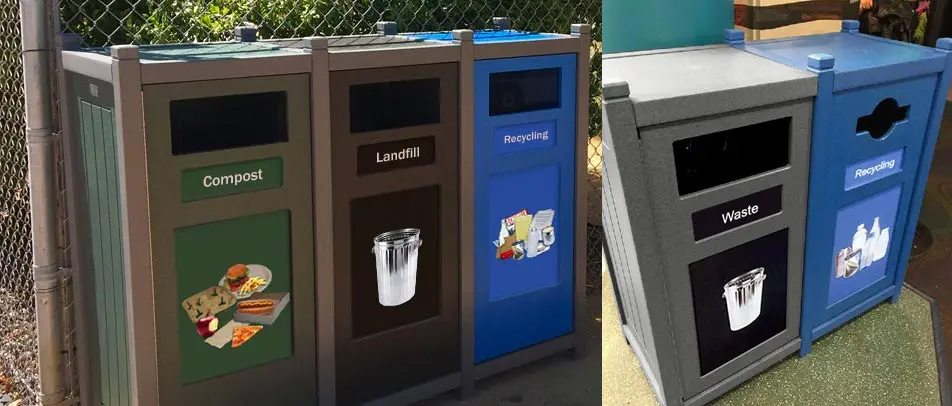




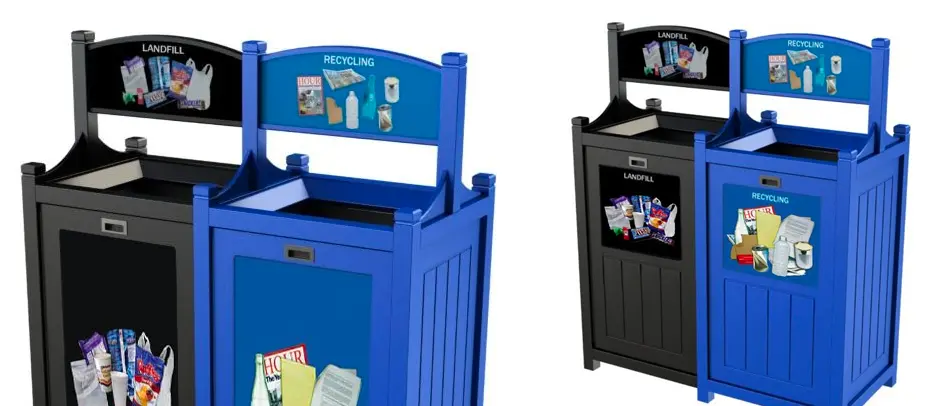


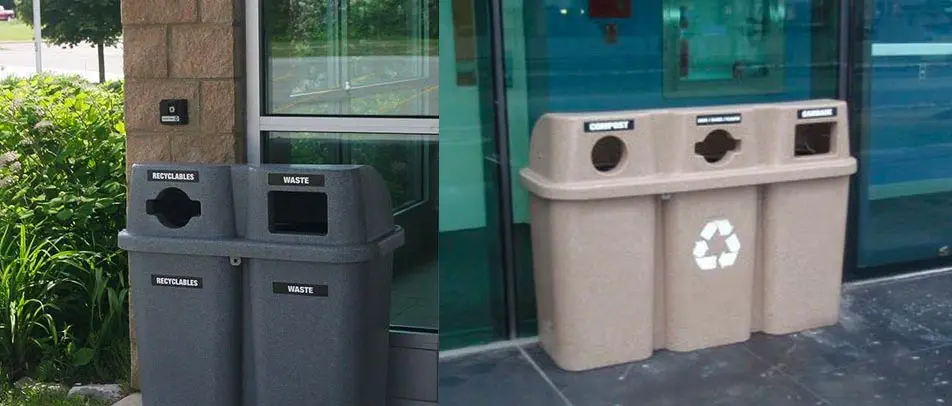





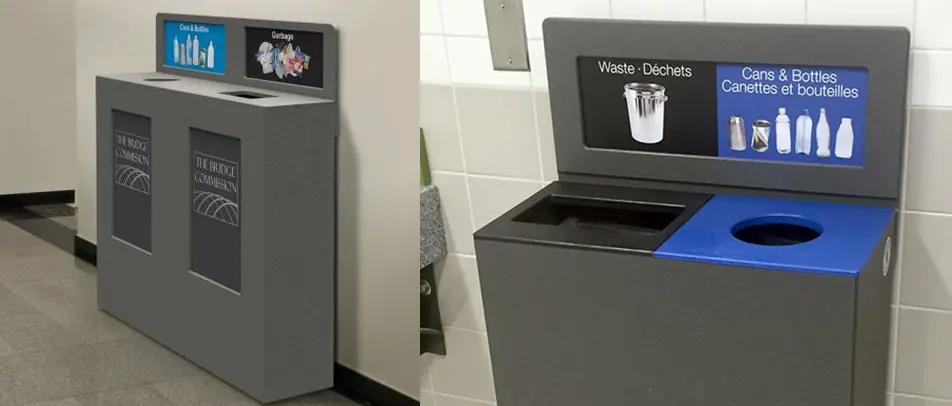

























































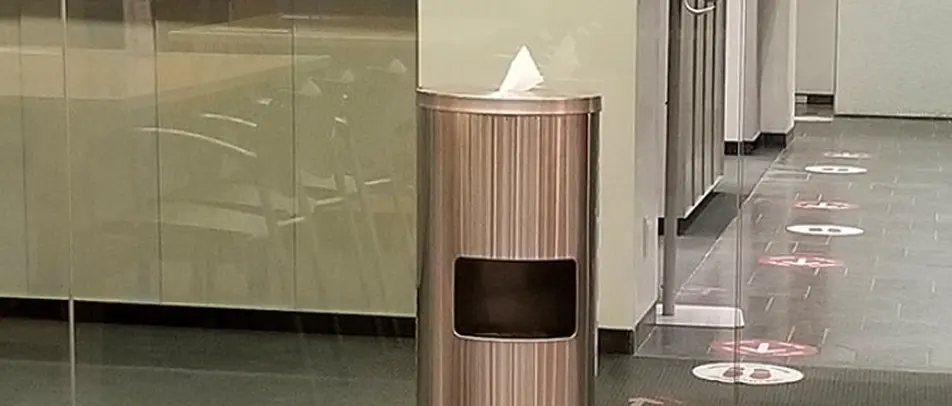






 Three Ways to Engage Teams and Clients to Maximize Your Recycling Program Engagement
Three Ways to Engage Teams and Clients to Maximize Your Recycling Program Engagement  How to Integrate Accessibility Into Your Sustainability Planning
How to Integrate Accessibility Into Your Sustainability Planning  Why Park Benches Can Promote Workplace Well-Being
Why Park Benches Can Promote Workplace Well-Being 
